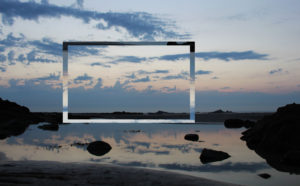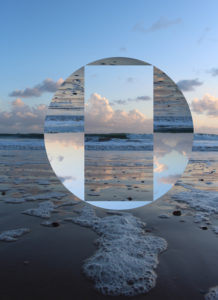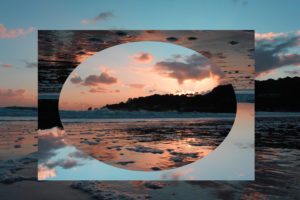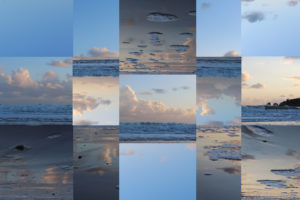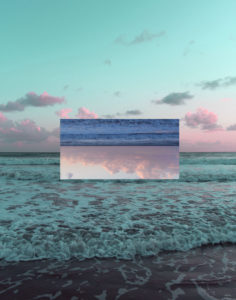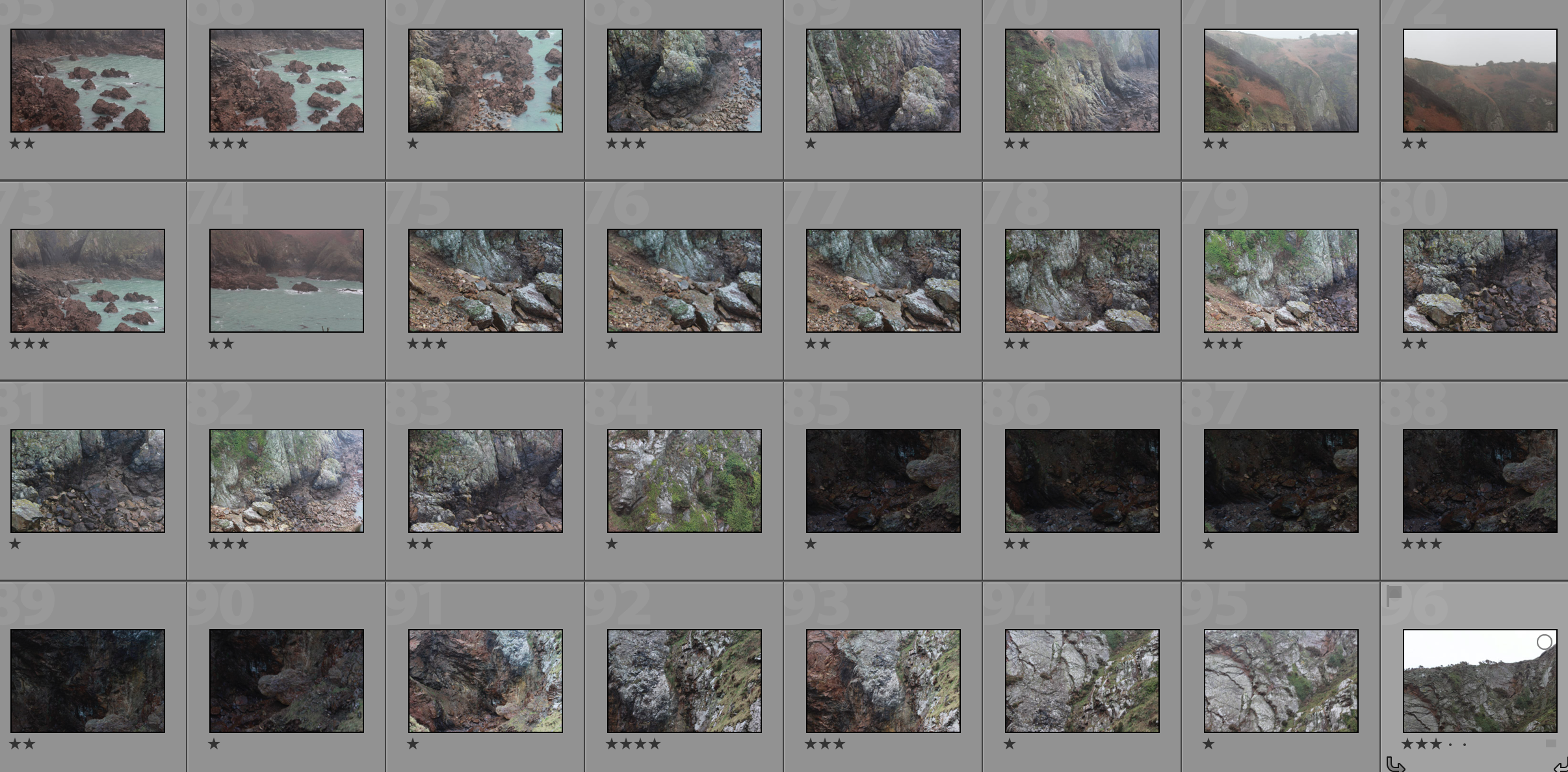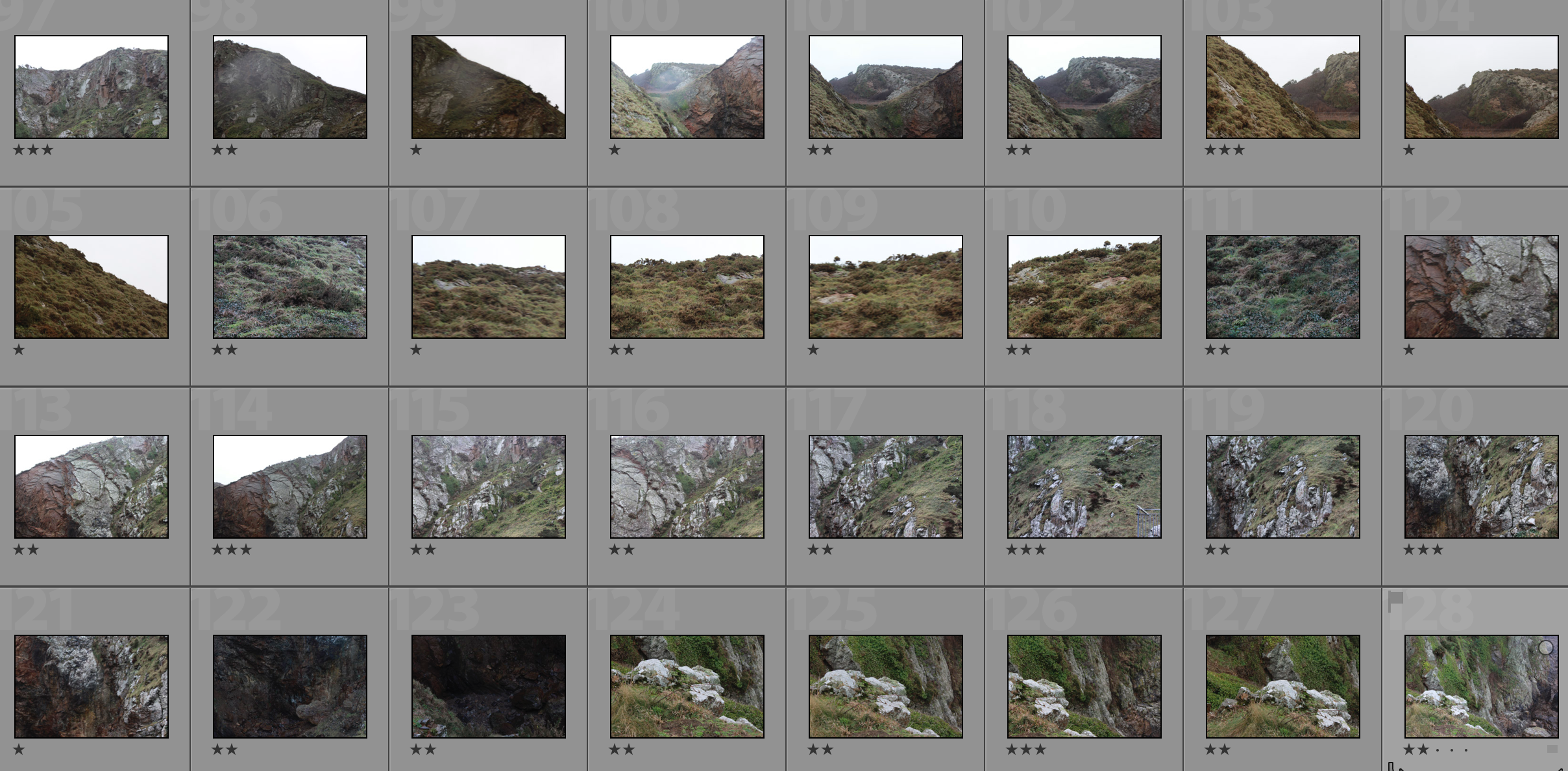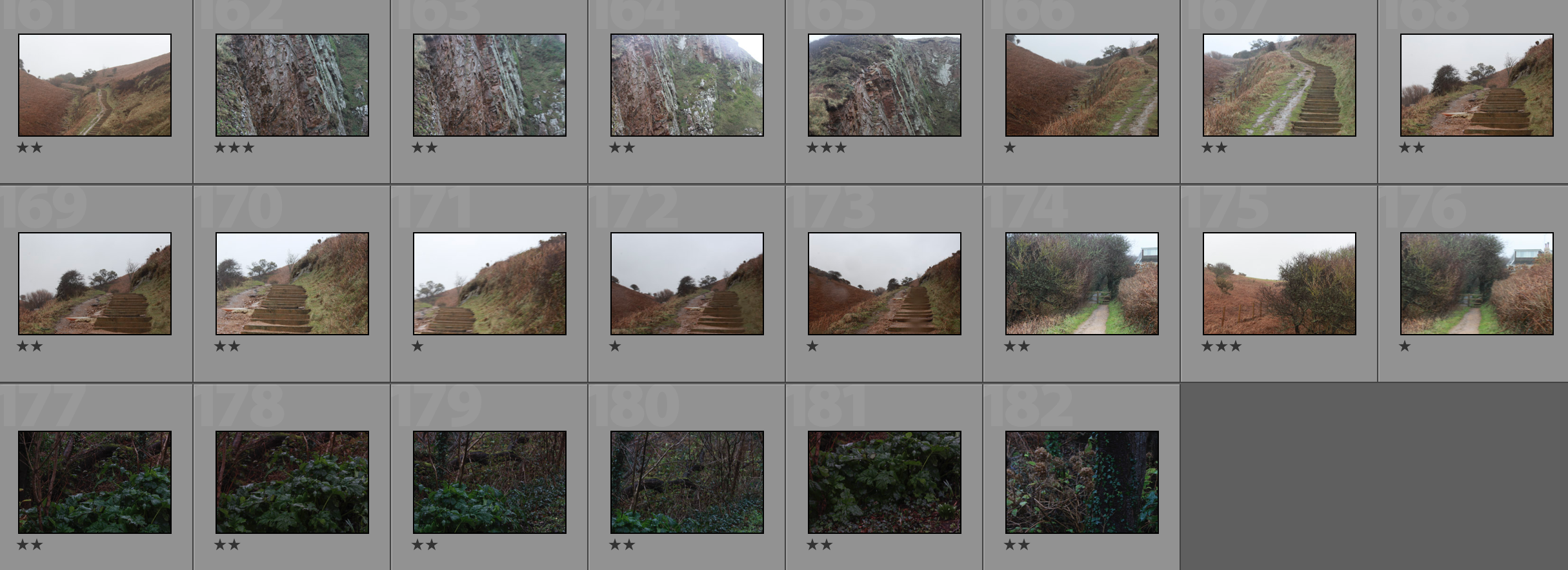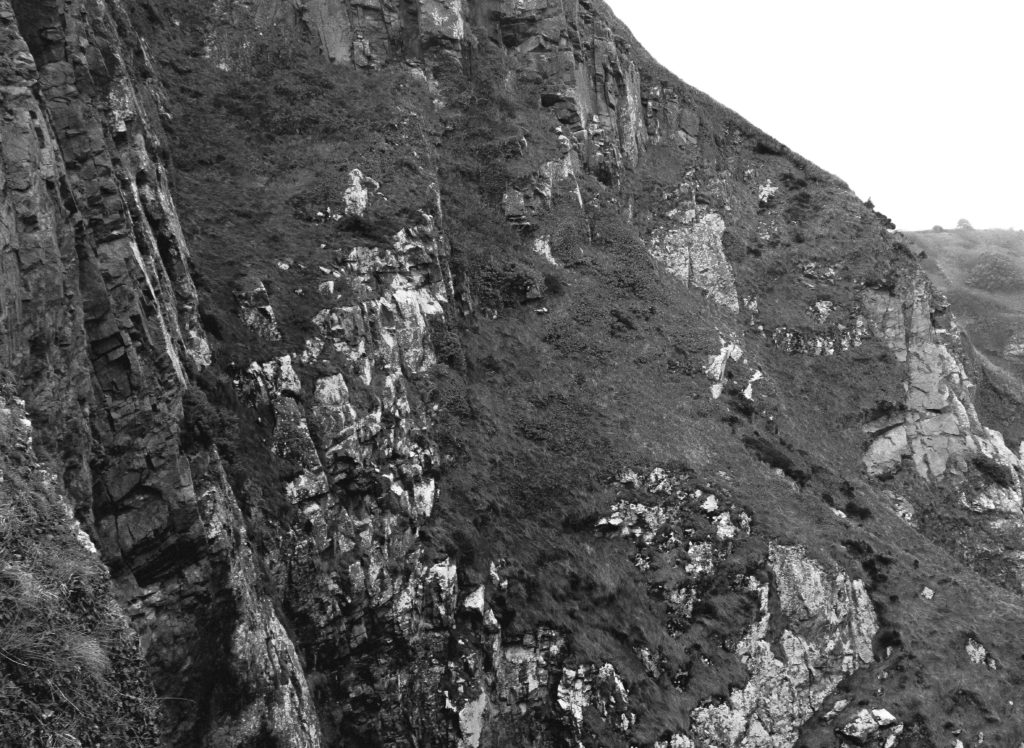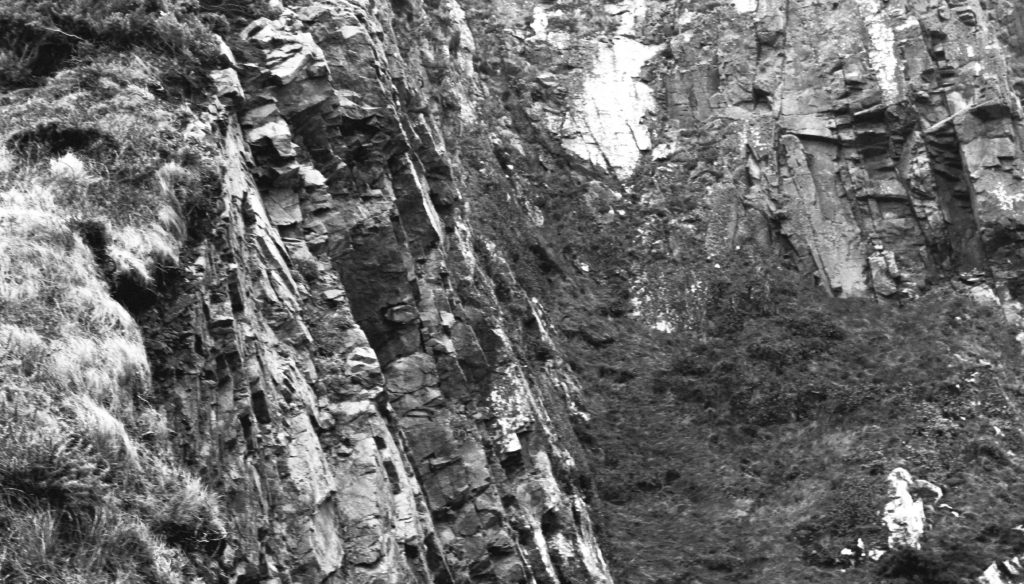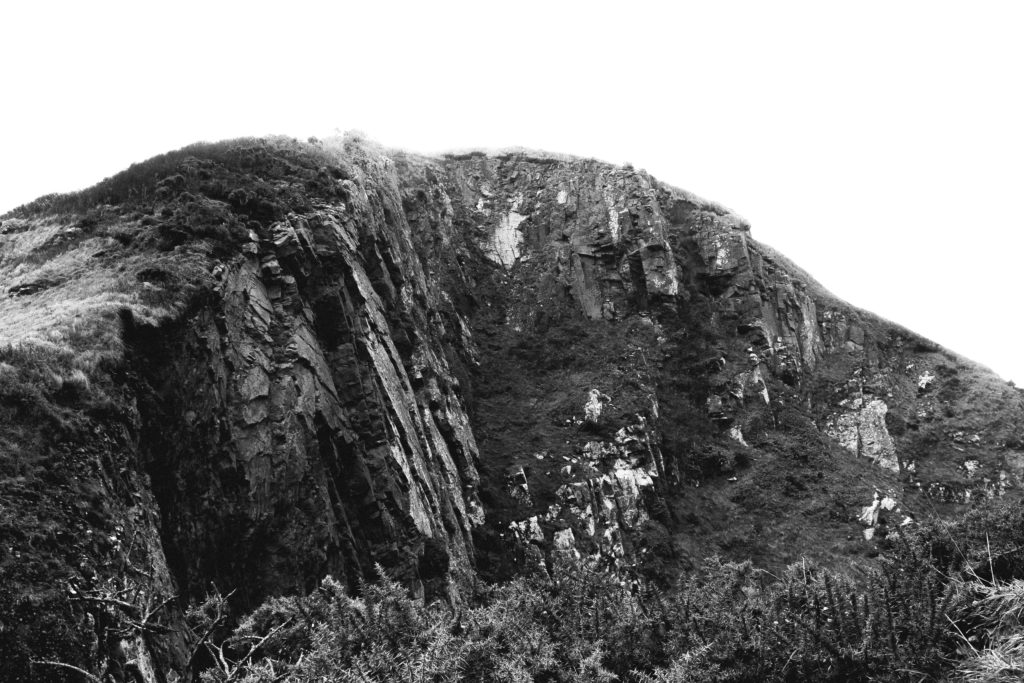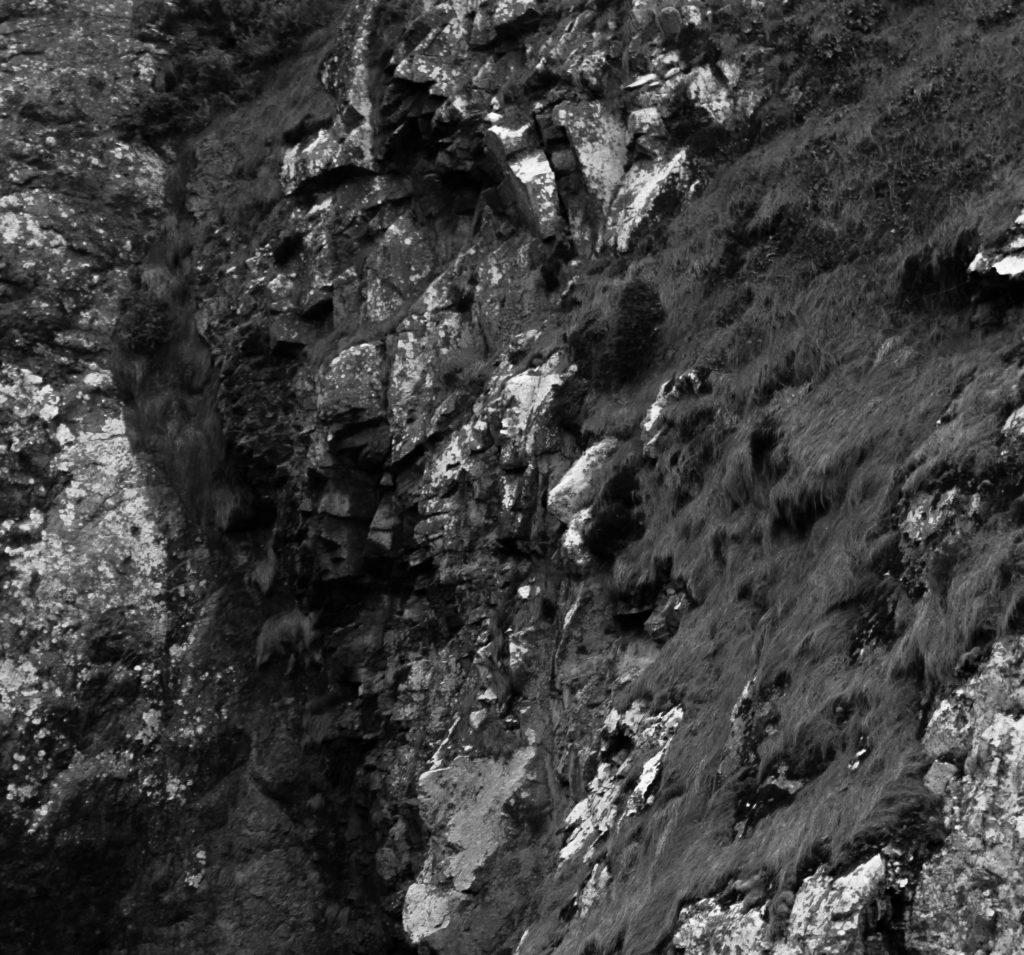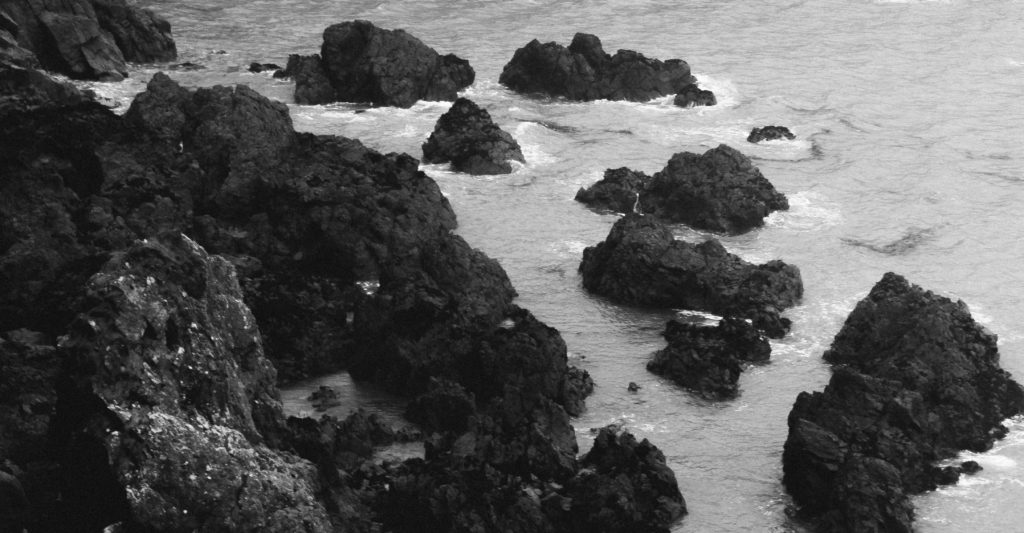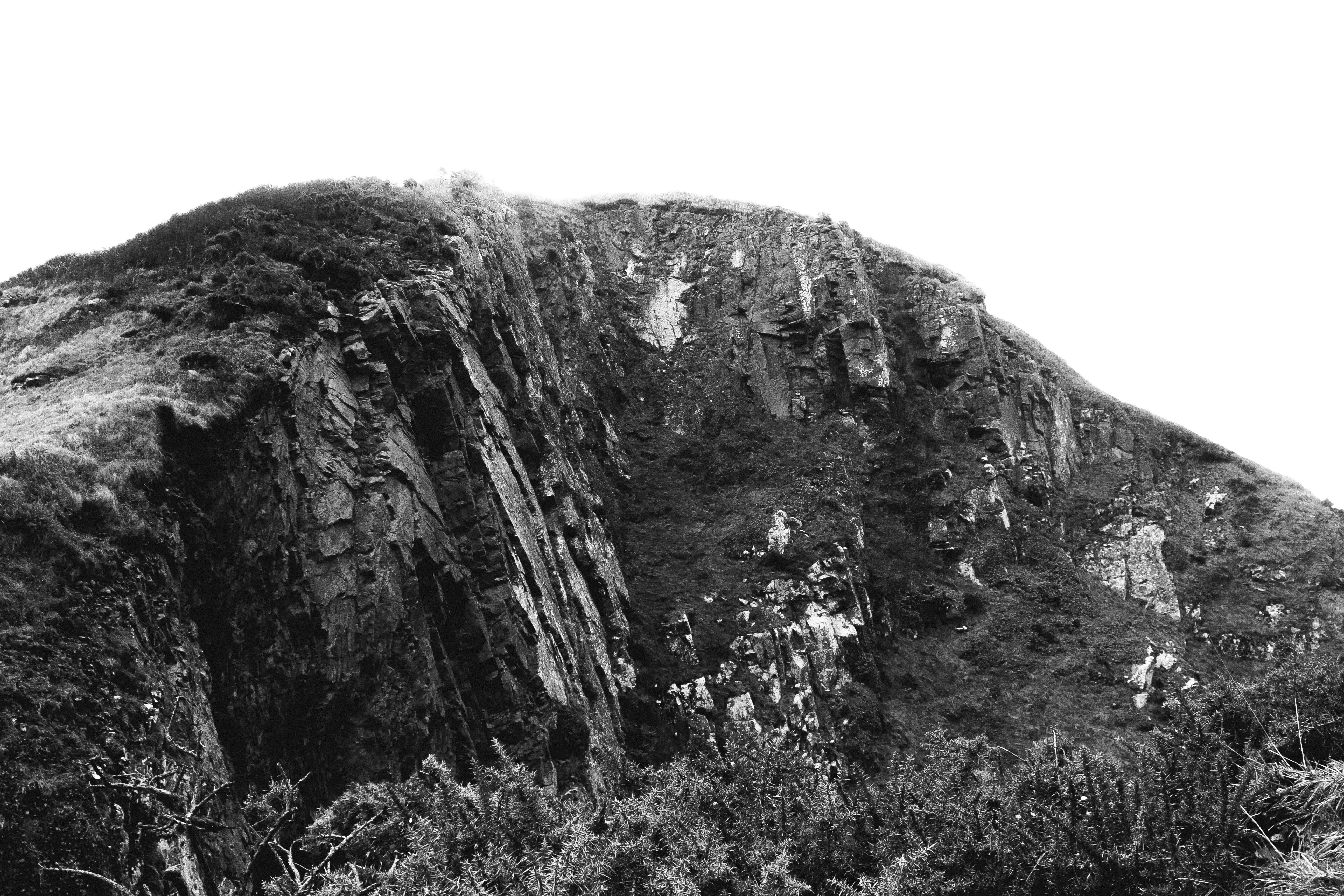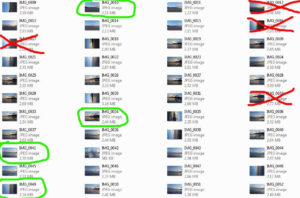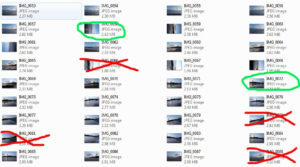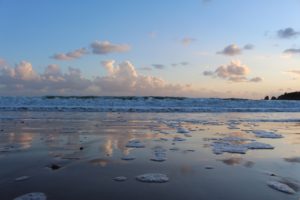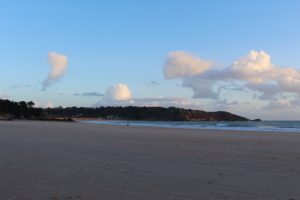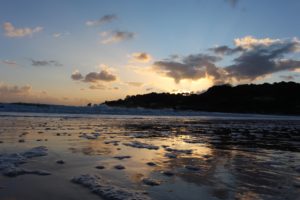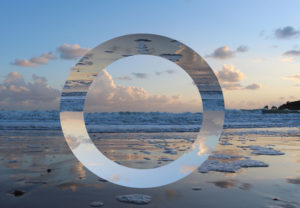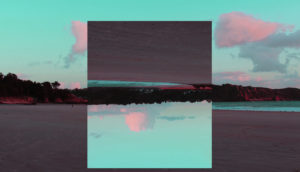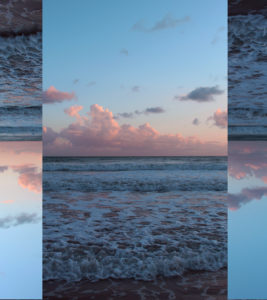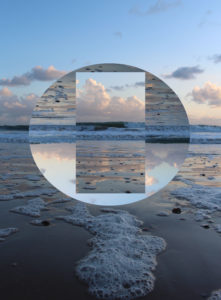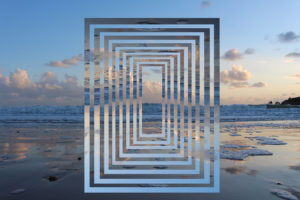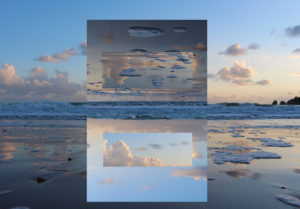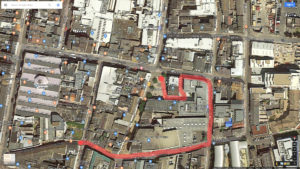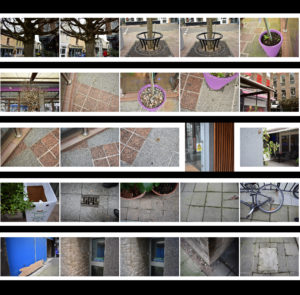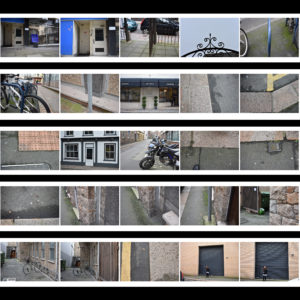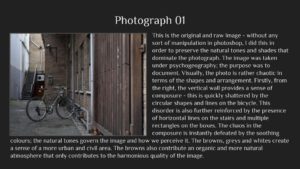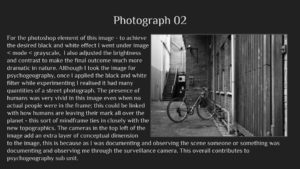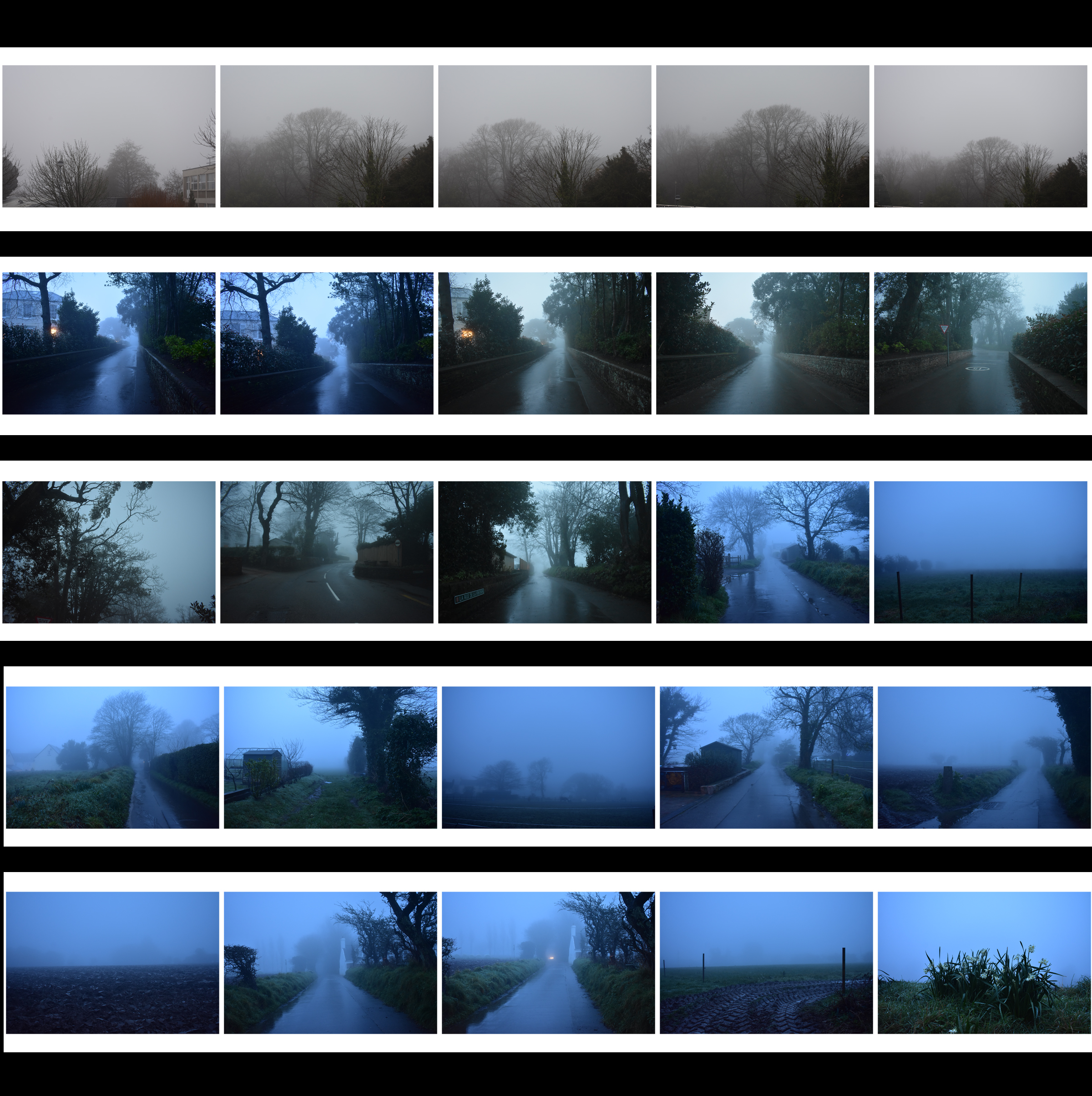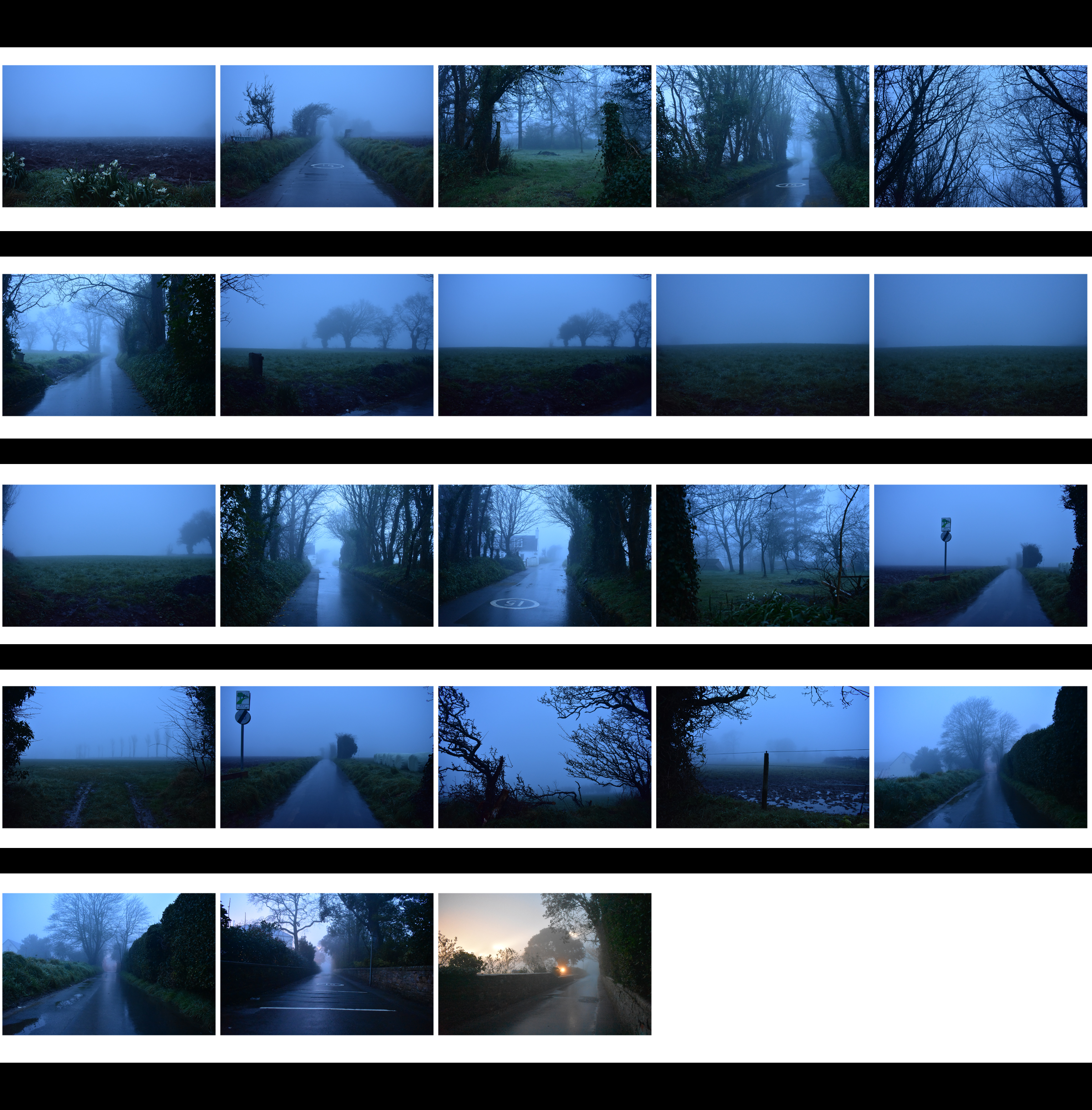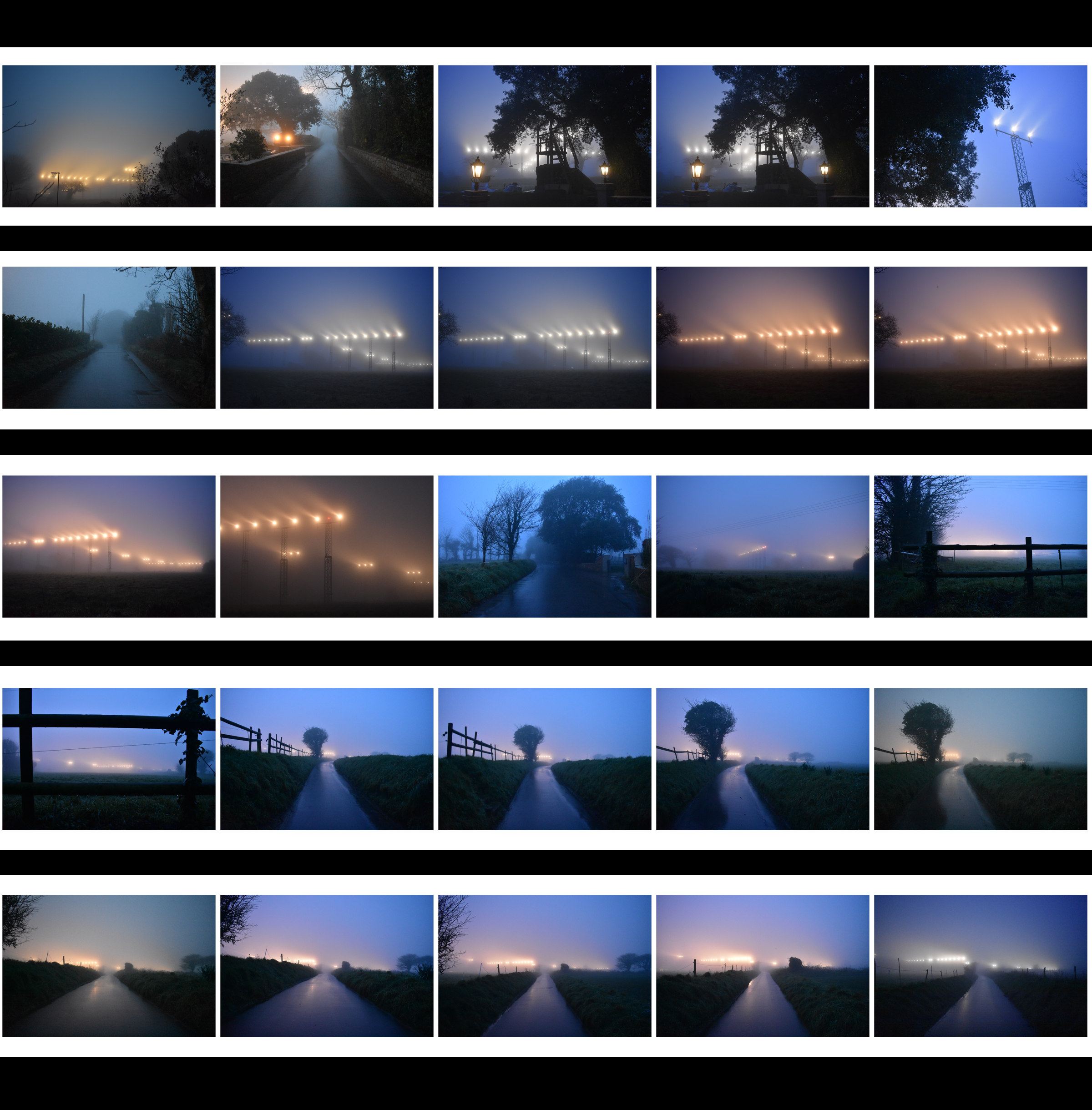Mona Caron is a San Francisco-based artist, engaging in muralism & street art, illustration, art-ivism, and photography. Her focus is on community-informed and site-specific public art . She has created murals in the US, throughout South America and in Europe, creates stop-motion mural animations, has freelanced as an illustrator, and engages in artivism with social and environmental movements.

The first image is a mural called ‘Outgrowing’ in Taiwan, Mona painted the plants growing, like weeds do, from an inhospitable ground, a disturbed environment. She utilizes a wall’s large size to emphasize this inversion of scale, a micro-to-macro assertion of the power of small things, the power of the grassroots, human or plant.
Public art
Mona has been focusing primarily on murals in public space since the beginning of the millennium. Her goal is to activate public space by simultaneously creating artwork and interactive street happenings, using the painting’s narratives to spark conversations and critical awareness of the space we share.
Several of these murals contain intricate miniature details, invisible from afar. These typically narrate the local history, chronicle the social life of the mural’s immediate surroundings, and visualize future possibility, and are created in a process that incorporates ideas emerging through spontaneous conversations with the artwork’s hosting communities while painting.

Mona’s first period in muralism was defined by very site-specific and community-immersive narrative murals, reflecting the past, present, and future images of their neighborhoods through a uniquely permeable participatory process, considered part of the artwork. Mona’s community process has been the subject, among other publications, of an Emmy-winning documentary film by Paige Bierma.
In recent years, Mona’s stop-motion animation and botanical mural series titled ”WEEDS”, a metaphor about resilience, has been growing, just like its namesakes, both in numbers and geographic reach, as well as in the scale of her pieces.
- Currently, Mona likes to combine the poetic with the narrative aspects of her work, as can be seen in her most recent Collaborative work.
- Mona has also illustrated books, posters for music or political events, news editorials, and more, using various styles of watercolor, block print techniques and more.



- This mural, called ‘Taking Root’, features the first wildflower that made it back to a barren piece of land in Union City, California, after its rehabilitation from industrial pollution, and during the construction of a new affordable housing complex.
- The topsoil had been completely scraped off to remove pollution, killing all vegetation. As the building construction neared completion, the first wildflower she found became the main feature of the mural, a symbol of resilience.
- https://www.monacaron.com/murals/taking-root-video-documentary- link to video
- few more videos https://www.monacaron.com/murals/manifestation-station-painted-utility-box
- https://www.monacaron.com/murals/brush-tenderloin-short-movie-paige-bierma

http://youtube vid: https://monacaron.com/weeds -a stop-motion mural animation
“They may be tiny but they break through concrete. They are everywhere and yet unseen. And the more they get stepped on, the stronger they grow back.”
This is a series of paintings of urban weeds, created as a tribute to the resilience of all those beings who no one made room for, were not part of the plan, and yet keep coming back, pushing through and rising up.

“I look for weeds in the city streets near a wall I’m about to paint. When I find a particularly heroic one growing through the pavement, I paint it big, at a scale inversely proportional to the attention and regard it gets”
![]()

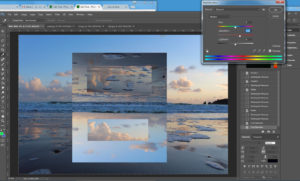

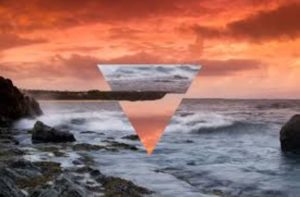
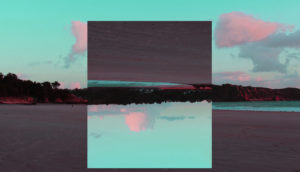

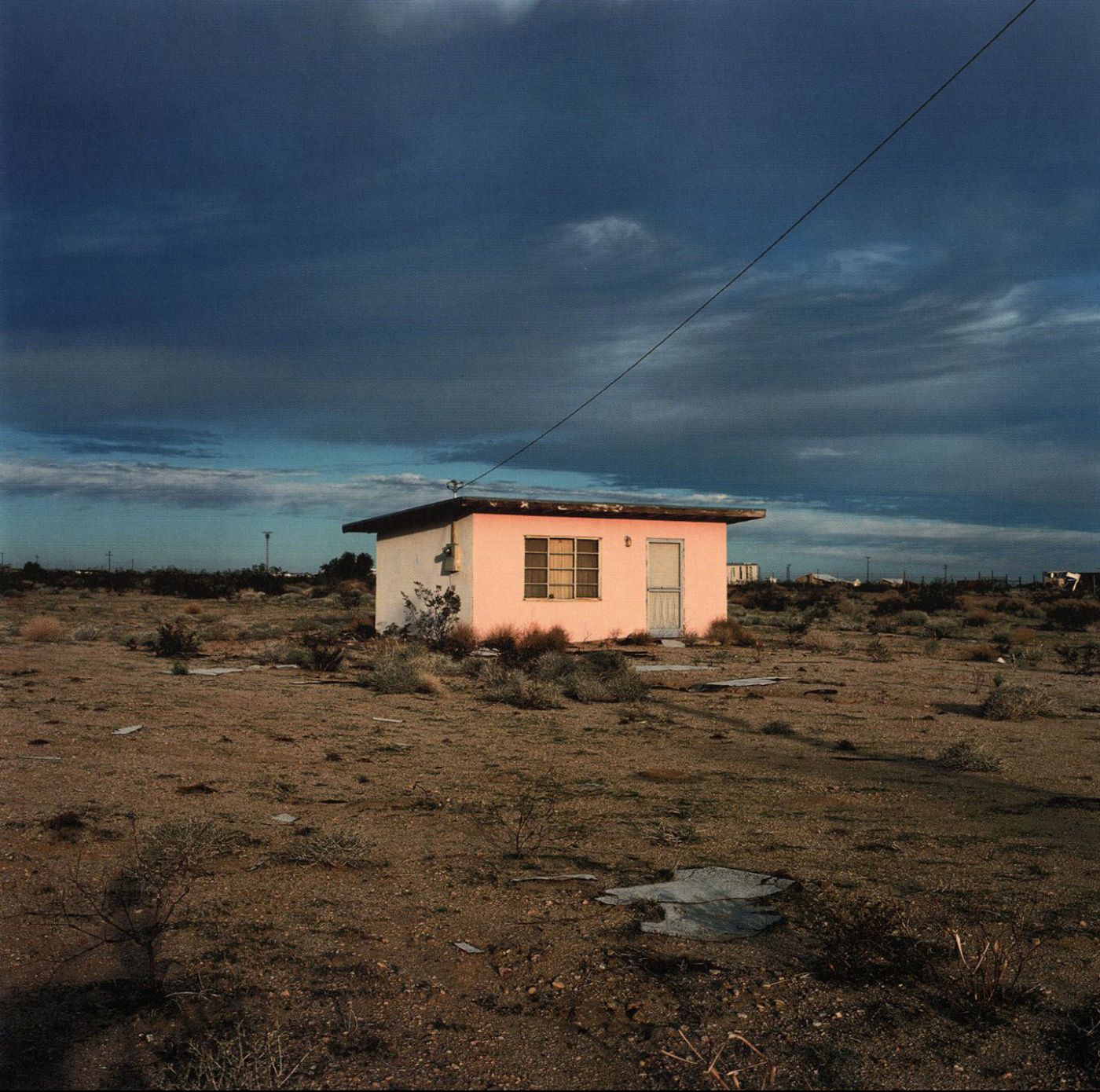



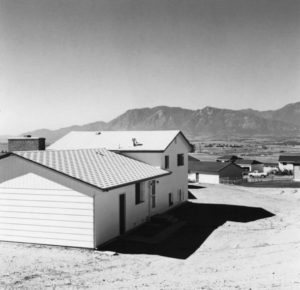
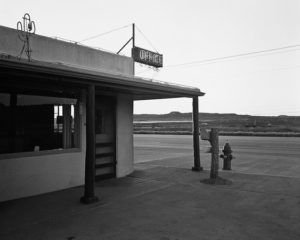
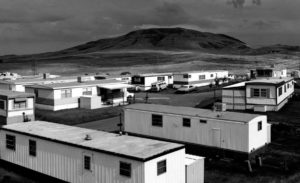 From the work that makes up The New Topographics I hope to display the idea of the contrast between natural and urban landscapes in my own work.
From the work that makes up The New Topographics I hope to display the idea of the contrast between natural and urban landscapes in my own work.
